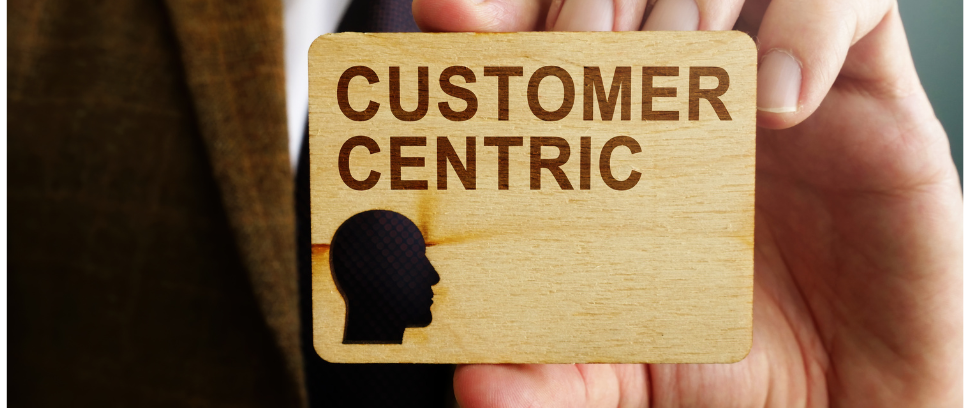Do you remember the last time you had an exceptional customer experience that made you feel truly valued?
What about the brands that you’re loyal to—what sets them apart from the rest?
In today’s rapidly evolving business landscape, customer-centric marketing has emerged as a game-changer.
It’s not just about selling a product or service; it’s about creating memorable moments, building lasting relationships, and fostering unwavering loyalty.
But how can businesses effectively shift their focus to become more customer-centric?
What strategies can they employ to ensure that every interaction leaves a positive impact?
Join us on a journey into the world of customer-centric marketing, where we’ll unravel the key strategies that can transform your brand into a customer magnet.
How Can Customer-Centric Marketing Strategies Enhance Customer Loyalty?
Let’s explore the strategies that businesses can implement to enhance customer loyalty through customer-centric marketing.
1. Develop a Deep Understanding of Your Customers
To truly put the customer at the center of your marketing efforts, you need to understand their needs, preferences, and pain points. Invest in data analytics and customer research to create detailed customer personas.
These personas should include demographic information, behavior patterns, and even the emotional triggers that influence their buying decisions. Armed with this knowledge, you can tailor your marketing campaigns to resonate with your target audience.
2. Personalize Your Marketing Communication
Customers appreciate personalized experiences. Use the data you’ve collected to personalize your marketing messages. Address customers by their names in emails, recommend products or services based on their past purchases or browsing behavior, and send targeted offers that align with their interests.
Personalization not only enhances the customer experience but also increases the likelihood of conversion and loyalty.
3. Consistency Across Touchpoints
Maintain a consistent brand voice and messaging across all customer touchpoints, whether it’s your website, social media, email, or in-store interactions. Consistency creates a cohesive brand identity that customers can trust and relate to. It assures them that they are dealing with a reliable and customer-focused organization.
4. Engage in Two-Way Communication
Customer-centric marketing goes beyond broadcasting your messages to customers; it involves fostering a dialogue. Encourage customers to share their feedback, whether positive or negative and actively respond to it.
Social media platforms and online review sites provide excellent channels for engaging with customers. Responding to customer queries and addressing concerns promptly demonstrates your commitment to their satisfaction.
5. Loyalty Programs and Rewards
Implement loyalty programs that reward customers for their continued patronage. Offer points, discounts, or exclusive access to special events or content. Such initiatives not only incentivize repeat purchases but also make customers feel valued and appreciated.
6. Seamless Omnichannel Experience
In today’s digital age, customers interact with businesses through multiple channels. Ensure a seamless and consistent experience across these channels. Whether a customer starts their journey on your website, engages with your social media, and eventually makes a purchase in-store, they should encounter a cohesive brand experience at every step.
7. Measure and Adapt
Use key performance indicators (KPIs) to measure the effectiveness of your customer-centric marketing efforts. Metrics like customer satisfaction scores (CSAT), Net Promoter Score (NPS), customer retention rates, and customer lifetime value (CLV) can provide valuable insights. Regularly review these metrics and adjust your strategies based on the feedback and data you receive.
Customer-centric marketing is not just a trend; it’s a fundamental shift in how businesses approach their marketing efforts. By focusing on the customer’s needs, preferences, and overall experience, organizations can build stronger relationships, foster loyalty, and ultimately drive sustainable growth.
Remember, the most successful marketing strategies are those that prioritize the customer’s journey and satisfaction.
 Pin
PinJoin our Executive Program in Product Management in partnership with IIT Guwahati and gain the knowledge and tools you need to excel in the competitive business landscape.






